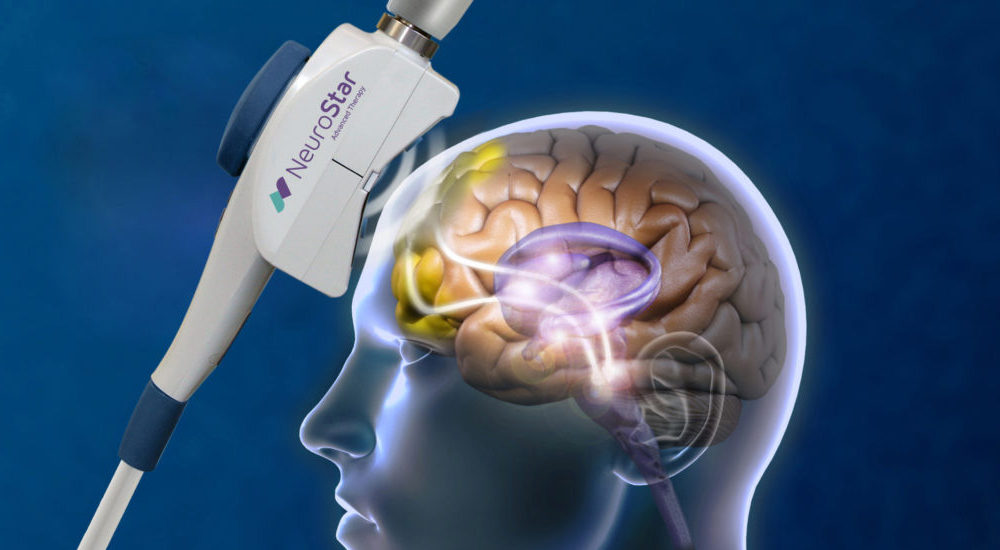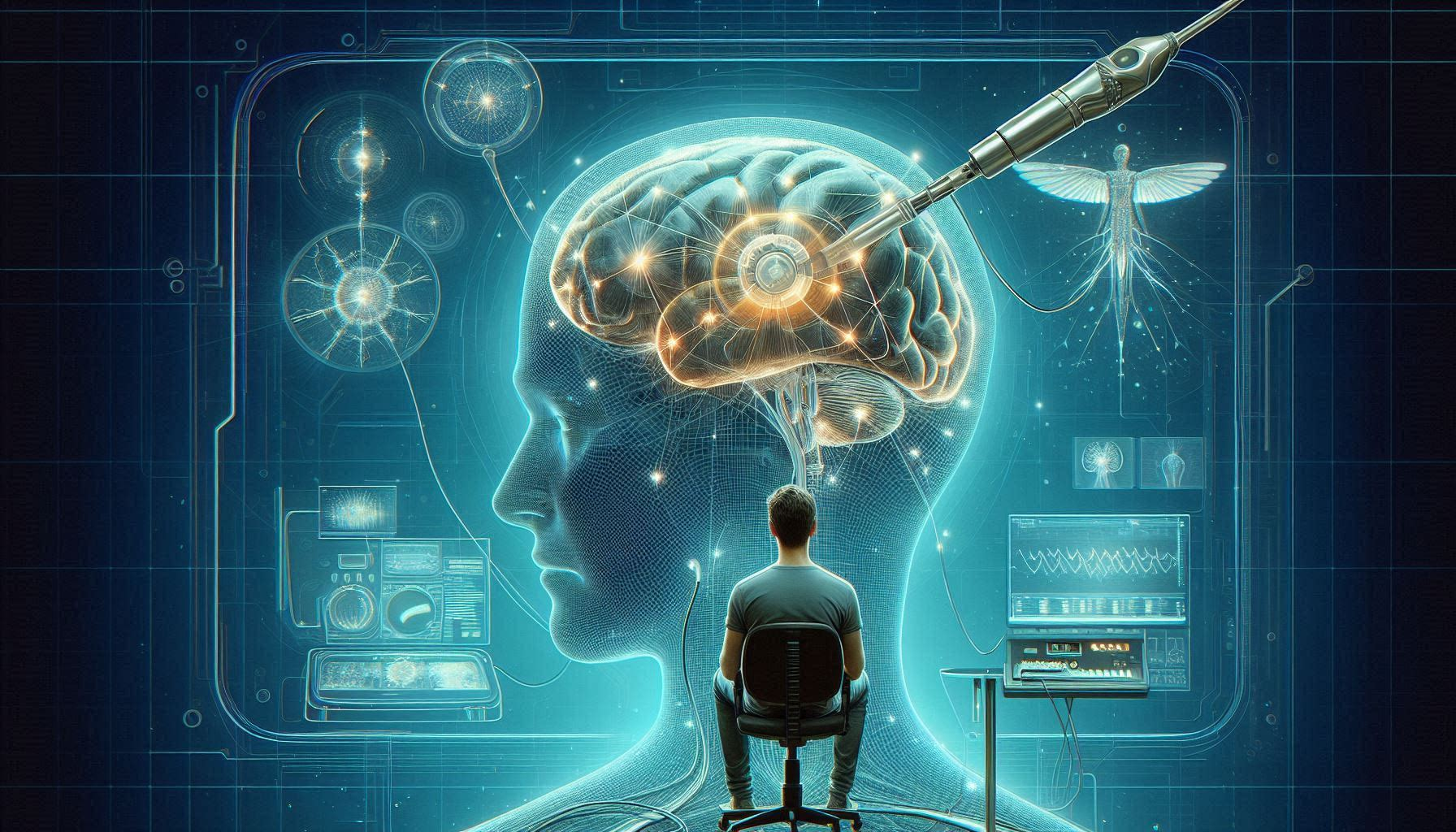Our brain has coordinated neural activity, and TMS disrupts that for milliseconds.
Part 2: Transcranial magnetic stimulation
Transcranial Magnetic Stimulation (TMS)
There are many methods, but the technique I want to share here is Transcranial Magnetic Stimulation or simply TMS. Its name tells us we might want to affect the brain by putting a magnetic field over the skull.
Now, what is this, and how it works?
As my professor gave me an analogy, imagine a completely synchronised orchestra is going on, and then someone honks on that symphony with a big, loud pressure horn. Seemingly crazy, but TMS used to do this only. Our brain has coordinated neural activity, and TMS disrupts that for milliseconds. When repeated, the intervention is known as repetitive TMS or rTMS if it honks regularly.
Now, this is a million-dollar question. How does this honking work, and what is done to the brain? This is the major aim of my research here in Japan.
Before going further, I want to discuss the magnetic field from the TMS machine. Like any other time-varying signal, it has an intensity (strength) and frequency (periodicity). So, we can fine-tune both components to modulate the ongoing synchronised brain activity to reorganise the orchestra on our tunes.
In 1985, TMS was originally developed as a diagnostic tool for studying brain functions, which has now emerged as a promising therapy for chronic pain and neurological and psychiatric conditions. It uses magnetic fields to stimulate specific brain regions (depending upon interest) non-invasively. There is a coil that receives a time-varying high voltage current and produces a strong magnetic field of 0.5-1.5 T (compared to Earth’s 0.00005 T) as per Faraday law. During a TMS therapy session, that specialised coil is put over the skull. This magnetic field generates electrical currents, known as eddy current phenomena.
In this series, we will be talking about our recent article on Pain published in Science Reporter (niscpr.res.in) in April 2024

TMS and pain relief
Gradually, we understand the brain areas that receive the pain signal and modulate it. There might be some possible errors in ongoing pain processing, so we attempt to re-modulate the so-called disorganised symphony with stimulation. A trained healthcare professional supervises the procedure.
We have discussed the impacts of chronic pain in daily life. Sadly, conventional pain management approaches, such as medication or physical therapy, may not always provide adequate relief or may be associated with unwanted side effects. TMS provides an alternative to traditional pain treatments. The exact mechanisms through which TMS provides pain relief are still being researched. However, several hypotheses exist. Perhaps I will add mine as well after publishing.
One school of thought says TMS modulates the activity of neural networks involved in pain perception, leading to a reduction in pain signals. Another proposes that TMS stimulates the release of endogenous opioids, the body’s natural pain-relieving chemicals, providing analgesic effects. The effect of TMS is longer than the therapy sessions themselves. TMS has been found to affect pain processing by altering the connectivity and plasticity of brain circuits. Depending on the frequency of stimulation, the intensity and stimulated area play huge roles. Various clinical trials have reported significant reductions in pain intensity and perception. Patients reported improvements in overall pain-related quality of life after TMS treatment. Individual responses to TMS can vary, and further research is needed to optimise treatment protocols and identify specific subgroups of patients who may benefit the most from this therapy. That is exactly what I want to accomplish now.
TMS is safe, with minimal side effects. The usual side effect reported is mild scalp discomfort or headache during or after the procedure.
Last words,
Pain is one of the most discussed and written things, like love and heart. Enormous texts and references are available, perhaps by philosophers, writers, and poets. Doctors and scientists recently came into play in the old arena. Our outlook and goals are different. We are constantly working on learning more about it from experiments and bringing the lab results to OPDs for patient care. TMS is an innovative solution for pain management. Further research is needed to improve TMS treatment protocols and understand their mechanisms. As I said, the medical community continues to explore and refine the applications of TMS. This technique could bring hope and relief to those with chronic pain, improving their quality of life.
-Vikku (original author)

